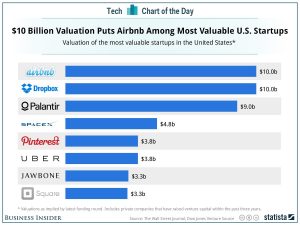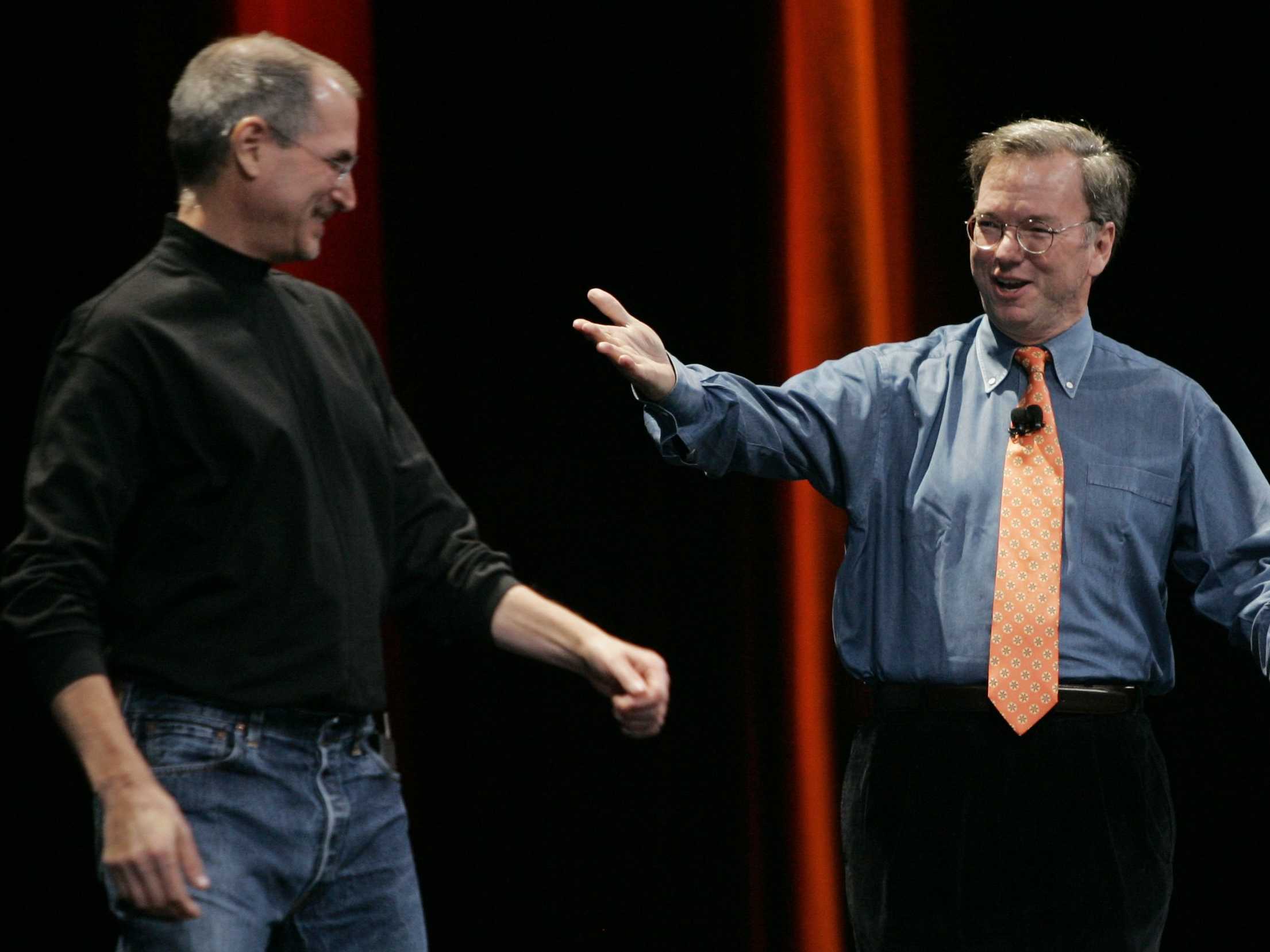The pundits tell us Facebook’s purchase of Oculus VR is proof virtual reality has arrived, at long last. The future is now.
Except all I can think about is the past.
That’s what I mostly want from Oculus, or from Sony’s Morpheus or any similar device: the past. Not virtual reality or virtual presence, but a virtual time portal, a way to explore — to feel fully a part of — the events that shaped this world, this country, my life.
I was there with Jobs and Woz when they first started Apple!
Full disclosure: I was not there with Jobs and Woz when they first started Apple.
Imagine putting on your Oculus headset and instead of playing the most amazing, immersive game of Halo, you are tasked with parachuting onto a Normandy beach. It’s D-Day. You are there as it happens. Understand, this is not at all to diminish anyone’s effort or sacrifice, or confuse reality with imagination, but to enable each of us to viscerally, visually behold great moments in history in all their nasty, sweaty, dull, grinding, vicious glory.
Let’s explore not just the building of the Great Pyramid but the discussions on its construction. Watch the burning(s) of the library of Alexandria. Witness our own birth.
With the amount of documentary video evidence now at our disposal, and all our computing power, social media data, location-based tweets, check-ins and other information, soon we will be able to reconstruct the momentous events of our present in such a way our children really can use VR to transport themselves back to today’s equivalent of the founding of Apple, or, yes, go inside the deadly flights of 9/11.
Imagine how much better we might understand people and cultures, events, greatness, failure and chance if we focused the development of Oculus not on virtual realities but on very human ones.
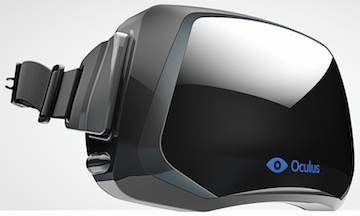
We have arrived at a point that is, for real this time, only a short distance from making virtual reality a reality. Let’s not blow this chance.
I’m not that old. Despite what my son thinks, I’m not. My parents are still alive. My grandmother died a few years ago — after being struck by a car. I can remember what it was like pre-iPhone; hell, before everyone had a PC in their home. It’s taken a long time to get here, to a future we expected would happen by the 1990s, which makes me uneasy that nearly all the focus and all the cash behind VR is centered on gaming.
This is exactly what Facebook founder Mark Zuckerberg stated when he bought Oculus:
When you put (Oculus) on, you enter a completely immersive computer-generated environment, like a game or a movie scene or a place far away.
and…
The (Oculus) Rift is highly anticipated by the gaming community, and there’s a lot of interest from developers in building for this platform.
Ugh, gaming.
It’s not just Zuckerberg, of course. The computer industry seems intent on constructing virtual reality mostly for gaming. So much, in fact, the tech press accepts this vision without comment. The Verge:
Nothing delivers a feeling of immersion better than VR. VR has been a dream of many gamers since the computer was invented.
In discussing their VR headset, Sony Studios president Shuhei Yoshida noted it was the “culmination of our work over the last three years to realize our vision of VR for games, and to push the boundaries of play.”
Explaining the amazing potential of virtual reality, Wired similarly focused almost exclusively on gaming.
In a traditional videogame, too much latency is annoying—you push a button and by the time your action registers onscreen you’re already dead. But with virtual reality, it’s nauseating. If you turn your head and the image on the screen that’s inches from your eyes doesn’t adjust instantaneously, your visual system conflicts with your vestibular system, and you get sick.
Videogame pioneer John Carmack is CTO of Oculus.
Oculus received major venture backing from Andreessen Horowitz, after the product was demoed at a gaming conference.
Really, I could not care less about games or gaming.
Imagine, instead, being ‘there’ the very first time the Beatles performed at the Cavern Club. Or witness a father watch the last of his six children die as the plague sweeps across western Europe.
Is it wrong to embrace the future yet be so utterly fascinated by the past?
How can any game compete with actual human history?
The pace of VR technology is accelerating. Delivering sight, sound, motion have nearly all been solved. But let’s not have the potential of this technology become so limited.
I have hope. Many developers are working on building immersive non-gaming experiences for Oculus and similar devices. Though not currently practical, this large-scale D-Day simulation points, ironically, to a rather stunning future.
Can such efforts succeed? That’s up to us, I suppose, and what we desire from our very best technologies.
Zuckerberg has also said “one day, we (at Facebook) believe this kind of immersive, augmented reality will become a part of daily life for billions of people.” I believe him. But instead of billions of us being entertained, which I understand is enticing, what if we could (almost literally) experience the reality of someone thousands of miles away, a person we will never otherwise meet, one who is so much unlike us?
Or, perhaps, following a nasty spat at work, HR makes us (virtually) experience the demands, deadlines and plainly different personal outlook of the boss we think we can’t stand because she refuses to understand our situation.
Virtual reality could soon become the very best way for businesses, clubs, universities, and start-ups to tell if you are the right ‘fit’ for their organization: “your resume is amazing, Mr. Hall, but let’s see how you interact with our staff and customers first before we make our decision. Here, wear this headset for the next 60 minutes.”
Call someone a forbidden word at school and the principal may require you don the VR headset to better understand how those slings and arrows do wound. Messy? Yes. But also transformative.
I am not sure we can even begin to fathom how ontologically disruptive this technology will be, even though it is on the cusp of becoming our new actual reality.
With virtual reality, we will connect with people in profound new ways. We can also connect with times and places. Ecotourism is a massive industry but I am far more excited about historical tourism — visiting a specific place not because it’s restful or beautiful but because of who was once there and what the place once meant.
I completely understand why Oculus and the others, including Microsoft’s Project Fortaleza, are starting first with gaming. Yes, I know there will be porn. But there can be so much more, and that’s what I most look forward to. Keep your high score. Take me to where and when our today was made possible.
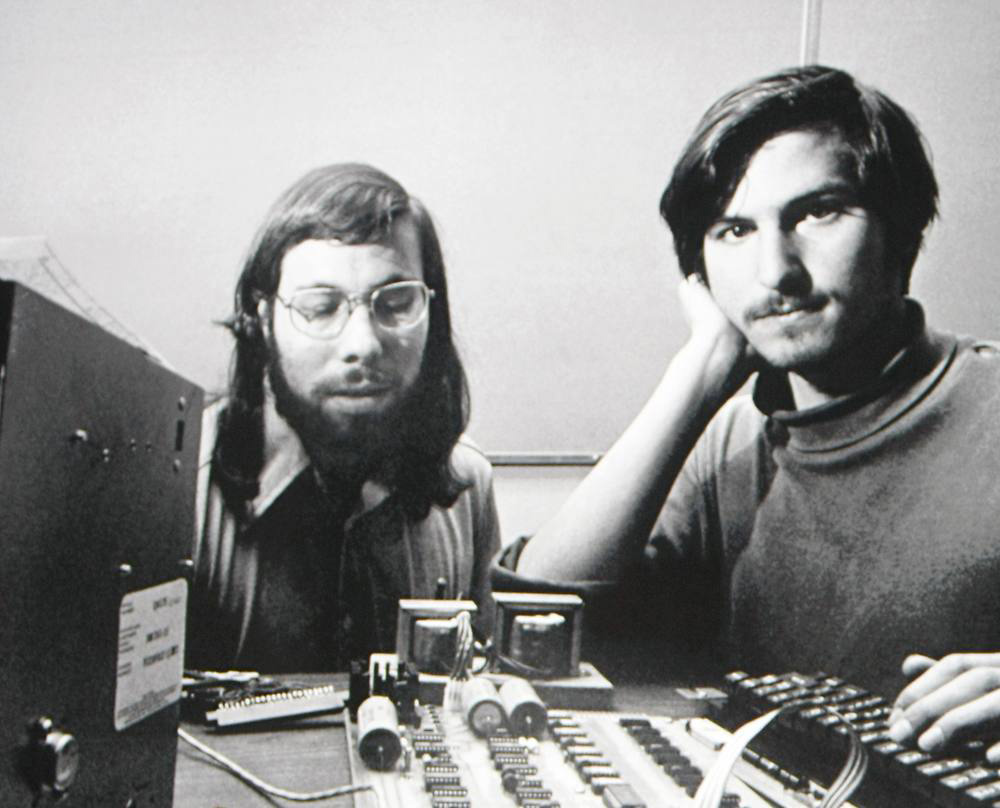



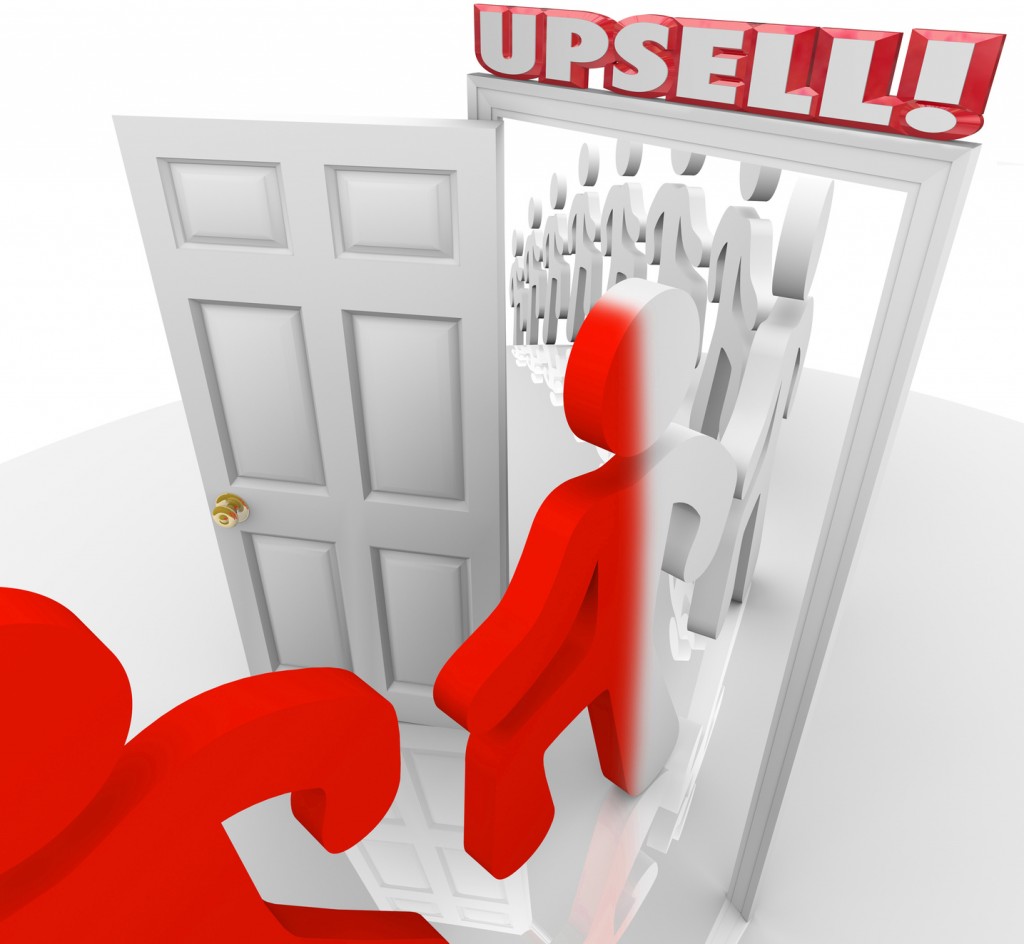
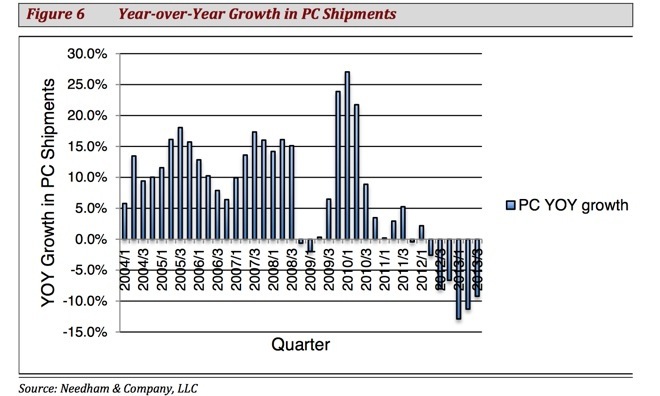
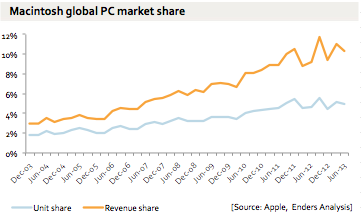
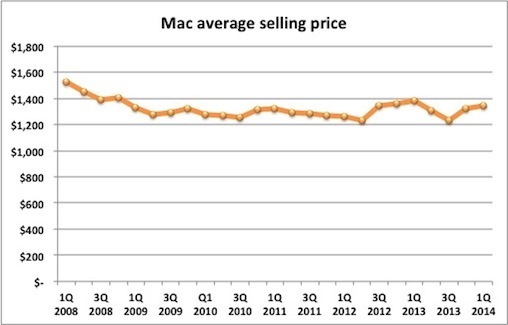
 To steal an analogy from Ben Thompson, there was a time when the grand piano was the only piano available. Then the upright piano — which wasn’t nearly as good, but which was cheaper, smaller and easier to move — took its place. However, there were still those – mostly concert pianists – who needed a grand piano. Were they going to go cheap when they purchased said grand piano? Hell no! This is their livelihood you’re talking about. They’re going to get the best piano they can afford.
To steal an analogy from Ben Thompson, there was a time when the grand piano was the only piano available. Then the upright piano — which wasn’t nearly as good, but which was cheaper, smaller and easier to move — took its place. However, there were still those – mostly concert pianists – who needed a grand piano. Were they going to go cheap when they purchased said grand piano? Hell no! This is their livelihood you’re talking about. They’re going to get the best piano they can afford.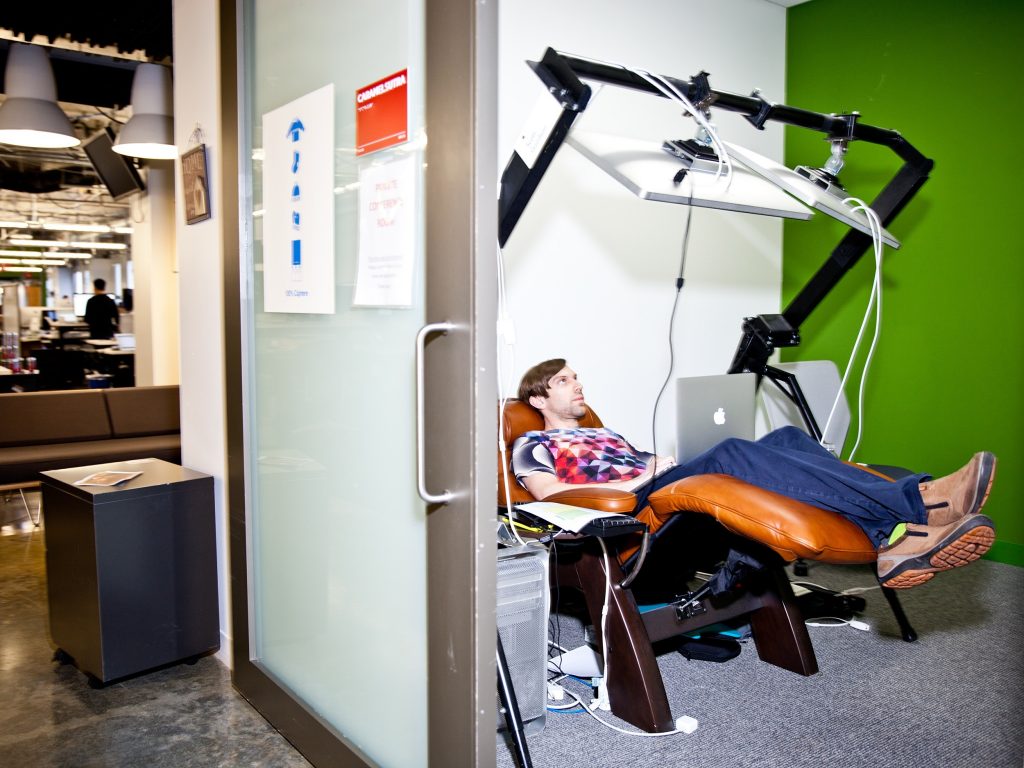


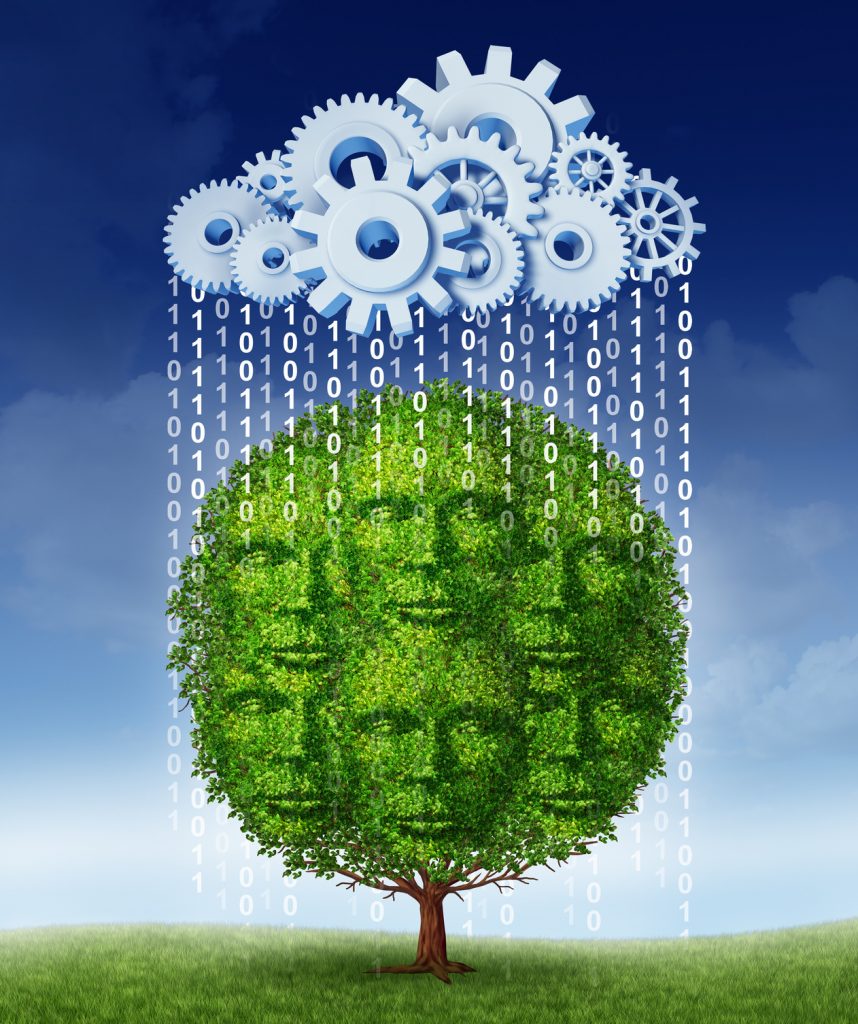
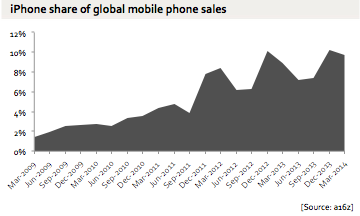 Apple has a lock on the premium MP3 ((The MP3 Market is fading fast.)), Smartphone, Tablet and PC ((Desktops and Notebooks)) markets. Apple’s grip on these market is very stable and not being seriously challenged. However, growth, not stability, is what one strives for. How then is Apple going to grow?
Apple has a lock on the premium MP3 ((The MP3 Market is fading fast.)), Smartphone, Tablet and PC ((Desktops and Notebooks)) markets. Apple’s grip on these market is very stable and not being seriously challenged. However, growth, not stability, is what one strives for. How then is Apple going to grow?

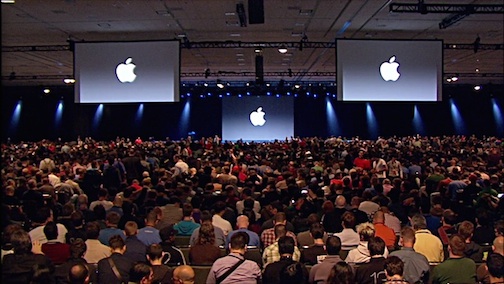


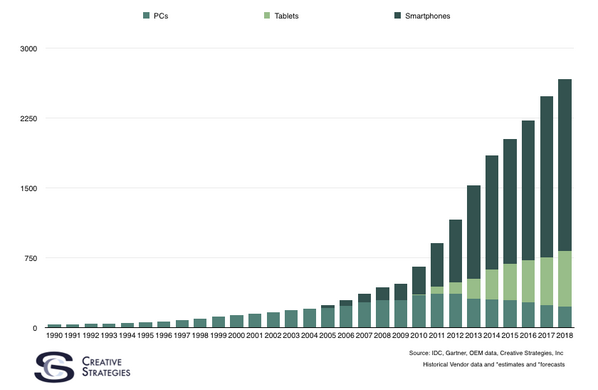


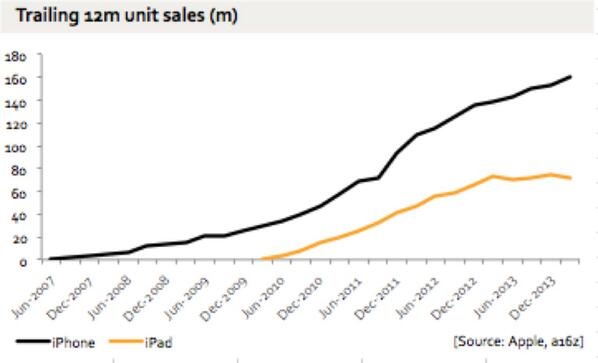
 Sales of iPad were flat. Sales were less than flat. Sales were depressed. Sales were depressing. Sales were awful. Sales were catastrophic. The Tablet world was about to come to an end! The iPad was hanging on by its finger tips!
Sales of iPad were flat. Sales were less than flat. Sales were depressed. Sales were depressing. Sales were awful. Sales were catastrophic. The Tablet world was about to come to an end! The iPad was hanging on by its finger tips!





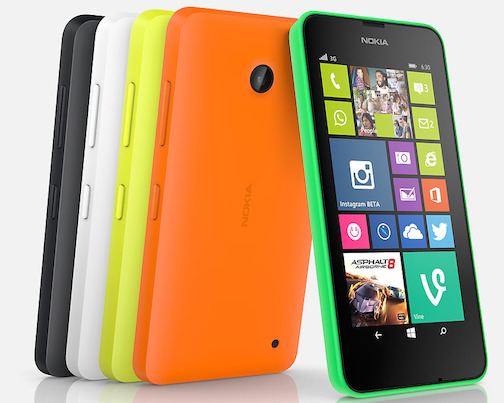
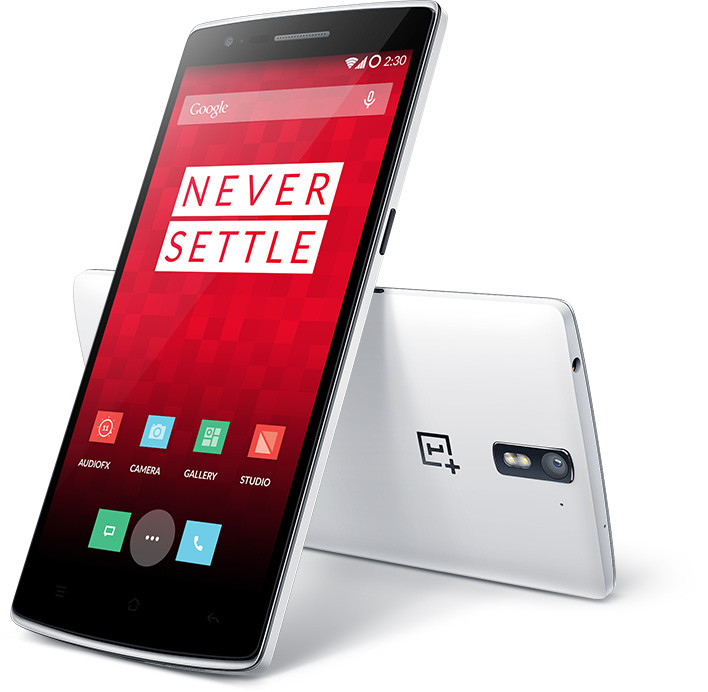

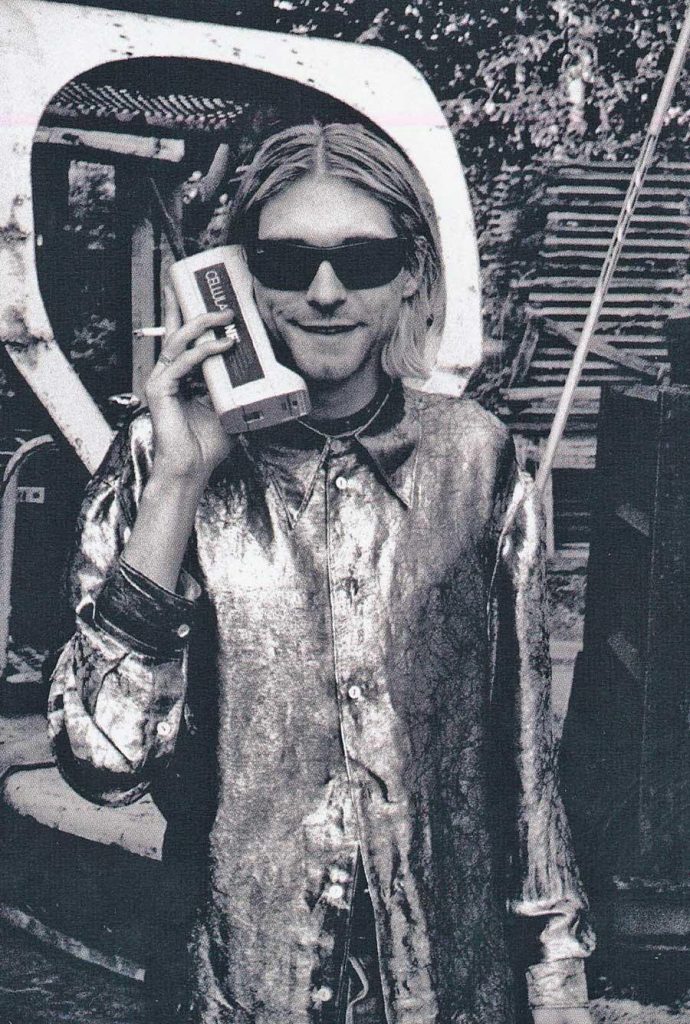

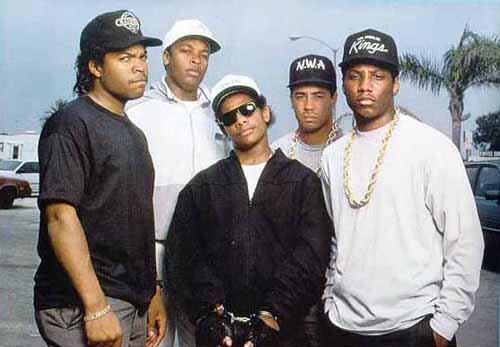

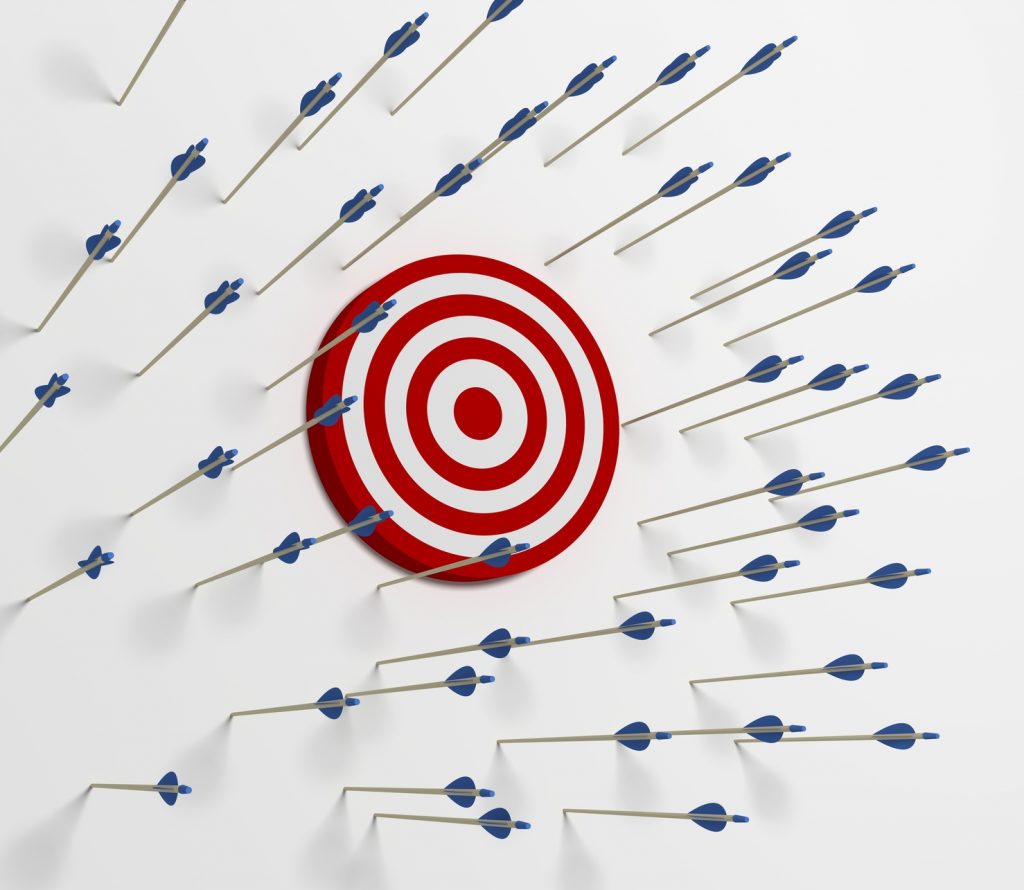

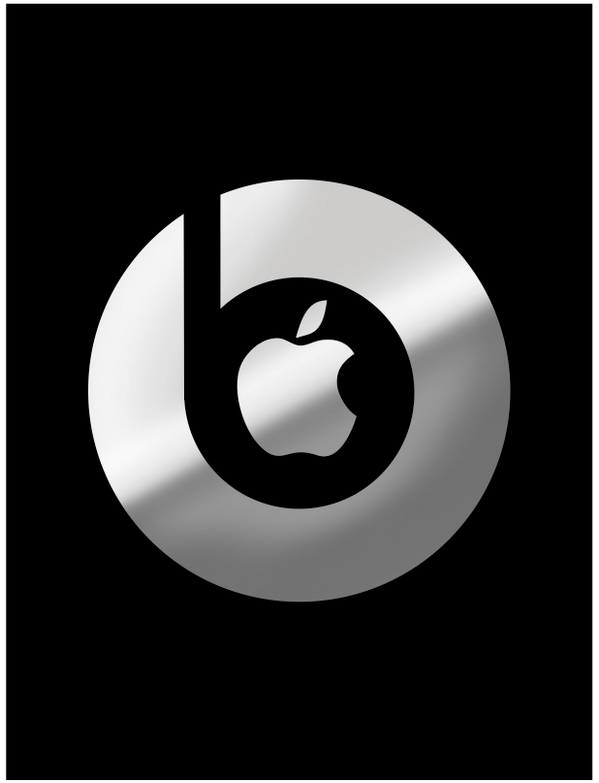

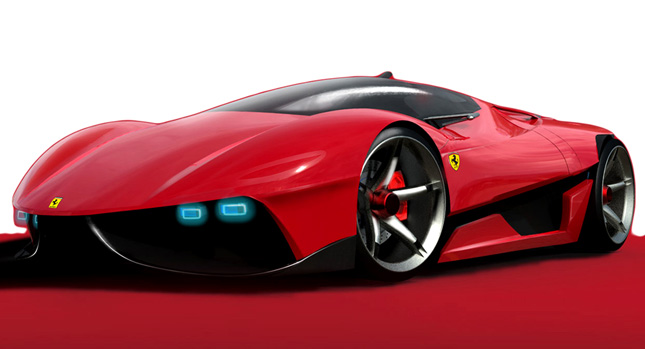

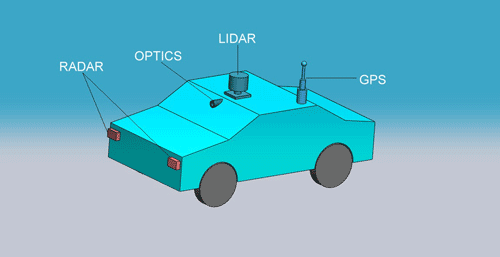
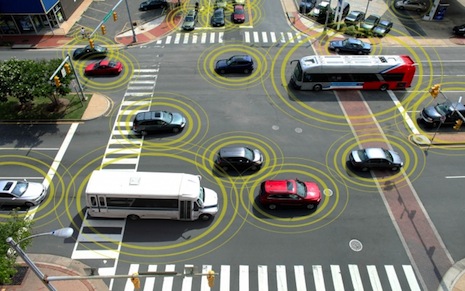

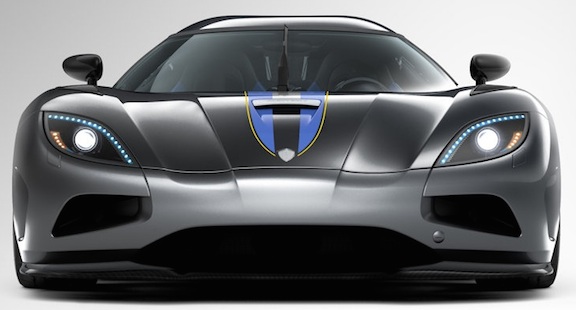
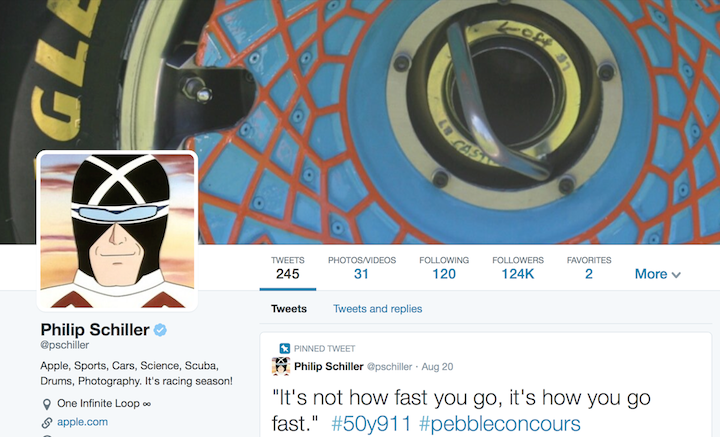
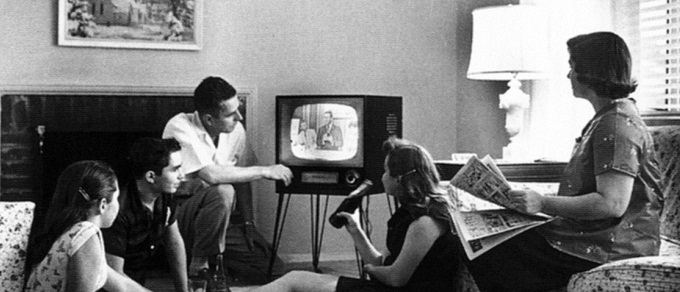
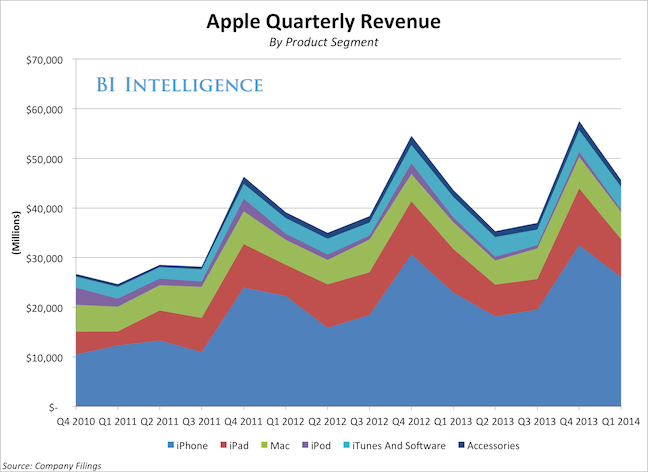
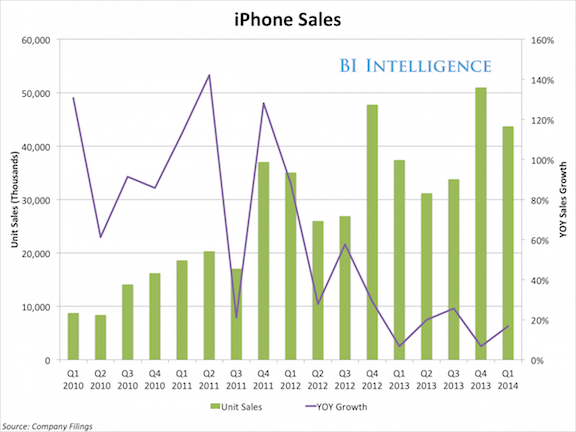
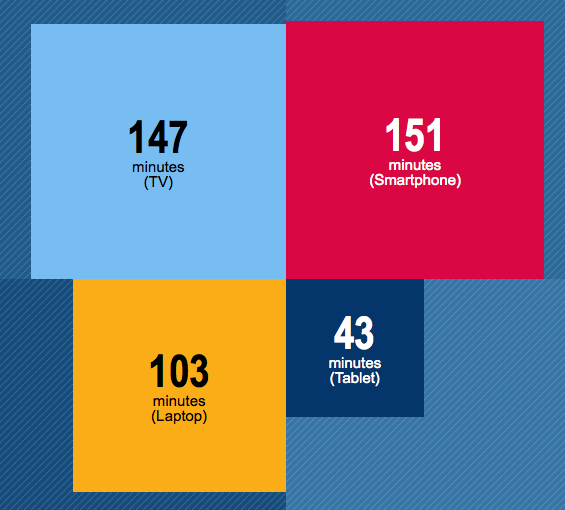
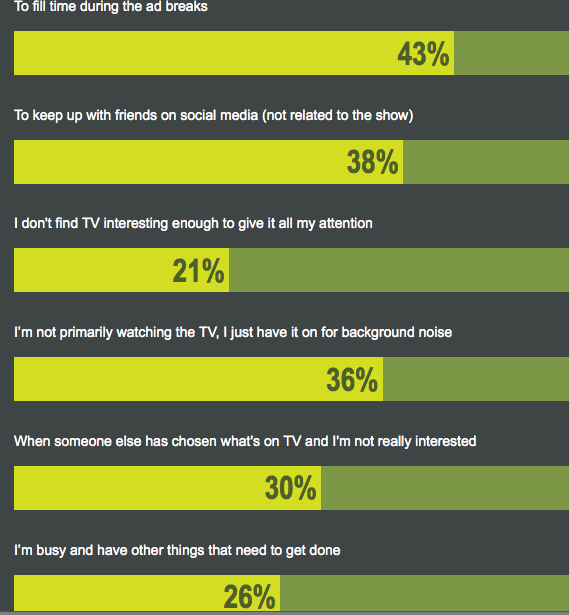
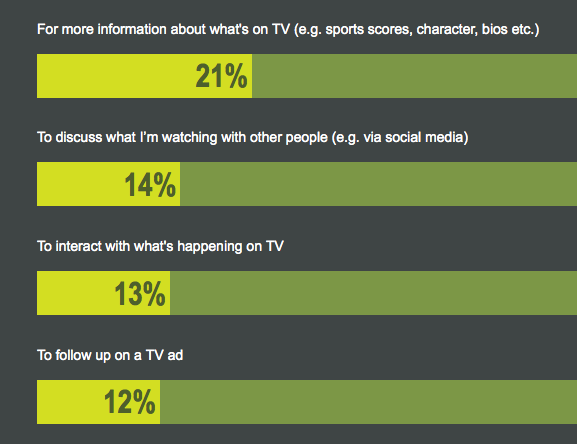

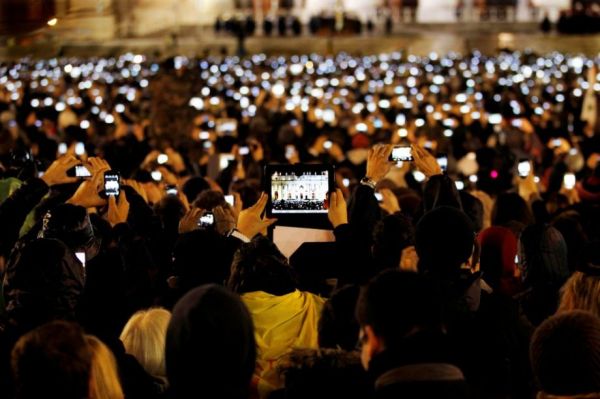
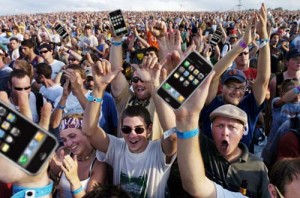




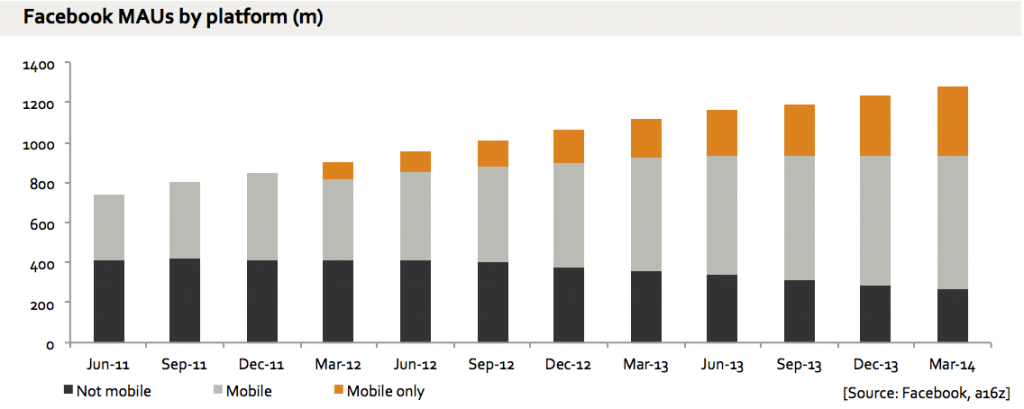
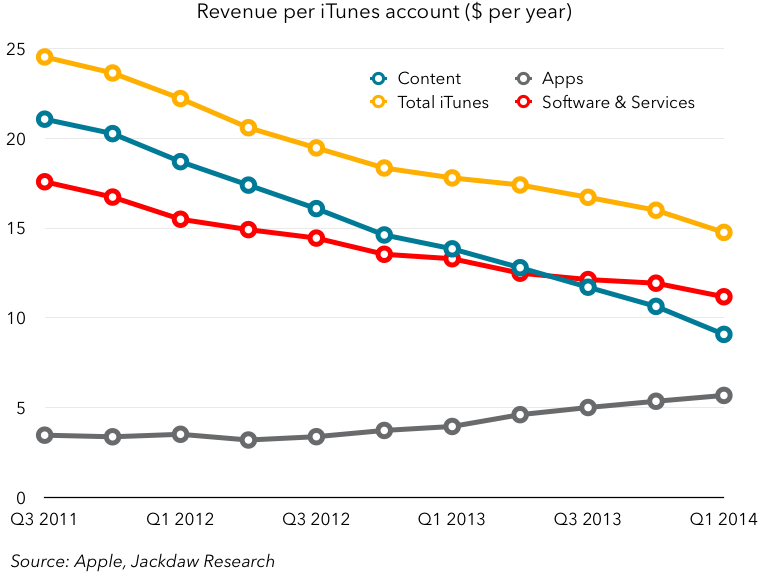
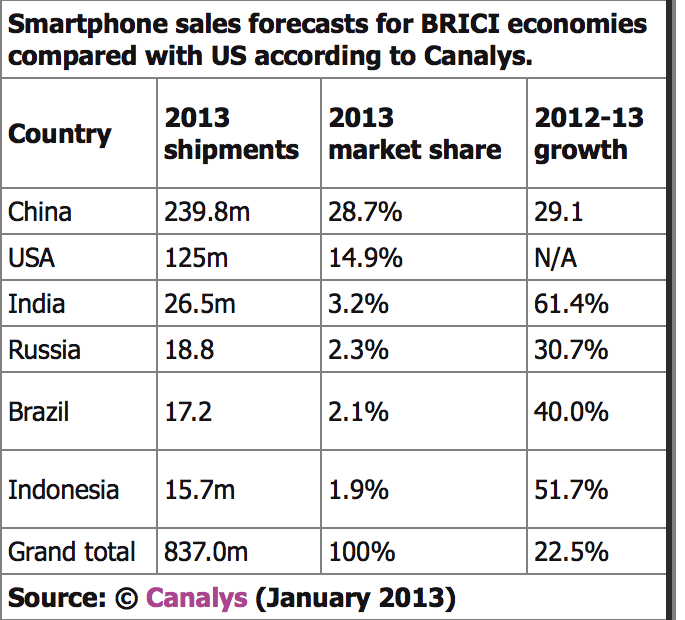

 With all due respect, you simply cannot compare the creation of a movie franchise to the creation of a disruptive, game-changing, category creating product. They’re at different orders of magnitude.
With all due respect, you simply cannot compare the creation of a movie franchise to the creation of a disruptive, game-changing, category creating product. They’re at different orders of magnitude.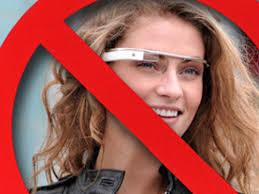 It’s not as if Apple’s tech competitor’s have gotten any traction in the marketplace with the “next great thing” in tech. In fact, when it comes to products like wearables, tech companies clearly don’t have a clue what they should be offering. They keep throwing every conceivable sort of device at the consumer in the hope something sticks and the consumer, in their turn, keeps chucking everything right back at them.
It’s not as if Apple’s tech competitor’s have gotten any traction in the marketplace with the “next great thing” in tech. In fact, when it comes to products like wearables, tech companies clearly don’t have a clue what they should be offering. They keep throwing every conceivable sort of device at the consumer in the hope something sticks and the consumer, in their turn, keeps chucking everything right back at them.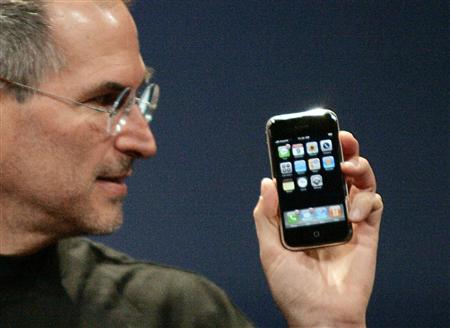
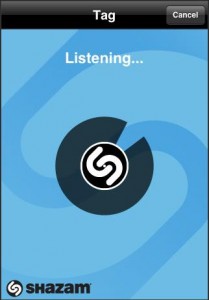
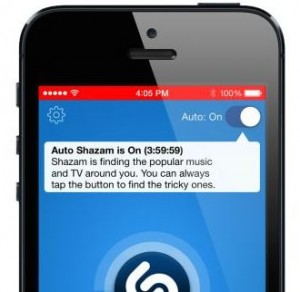
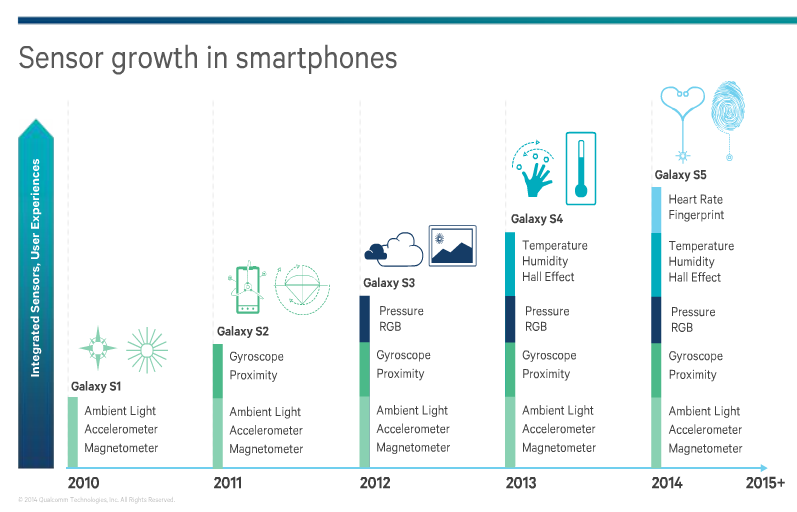
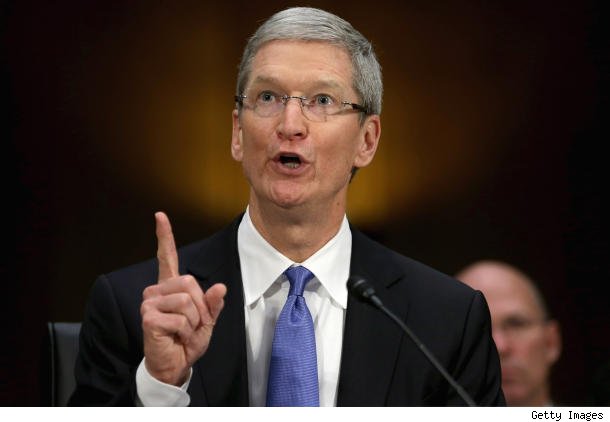

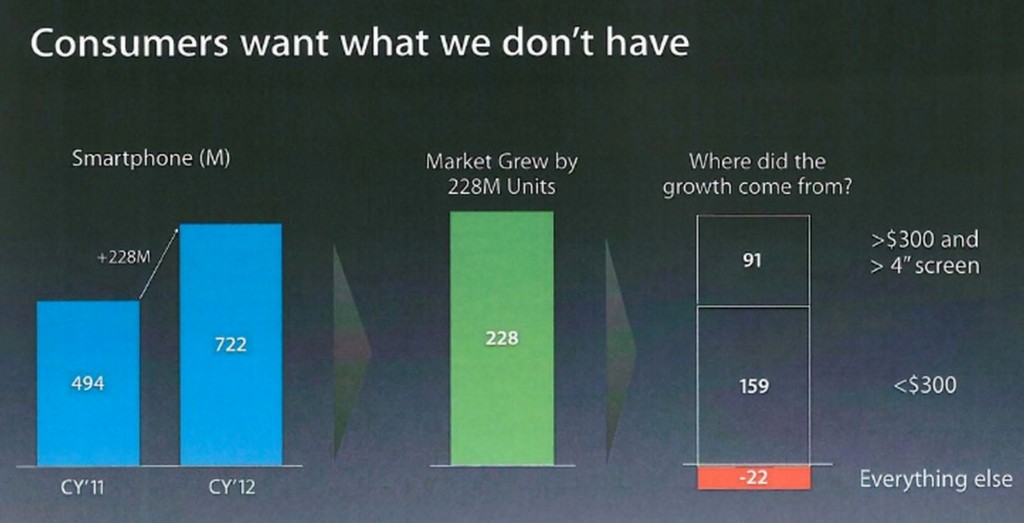
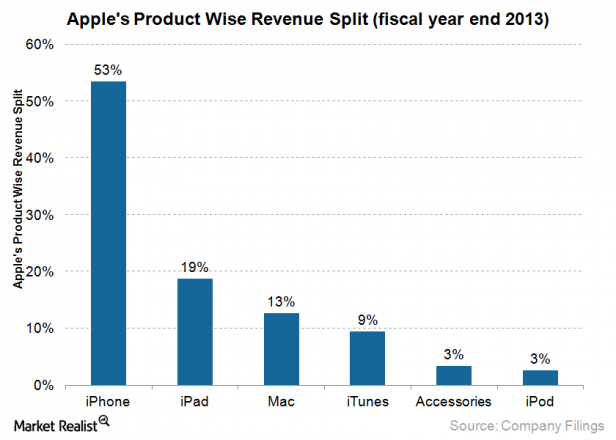

 I think Apple’s business model is similar to the Disney World business model. There are boardwalks and amusement fairs aplenty, but there is only one Disney World. It it the crème de la crème of amusement parks. Similarly, there are smartphones and tablets aplenty but there is only one “Apple World.” It is the crème de la crème of mobile computing.
I think Apple’s business model is similar to the Disney World business model. There are boardwalks and amusement fairs aplenty, but there is only one Disney World. It it the crème de la crème of amusement parks. Similarly, there are smartphones and tablets aplenty but there is only one “Apple World.” It is the crème de la crème of mobile computing.

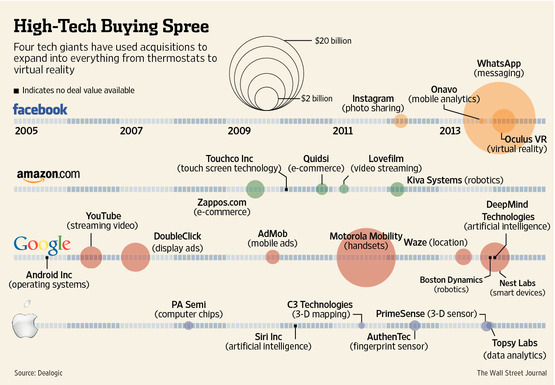


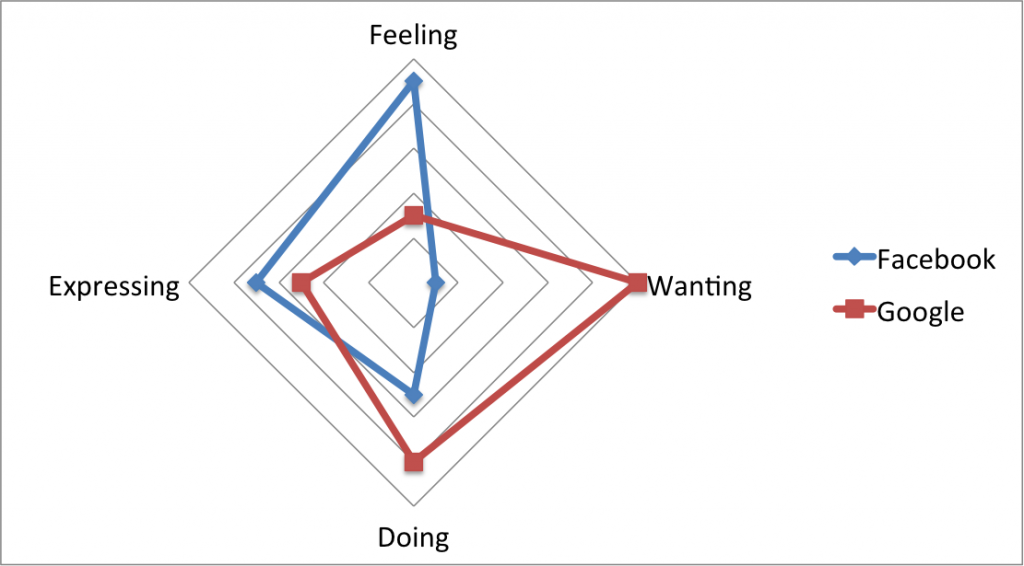

 One could describe an elephant as being big, gray and wrinkled. But are those essential or nonessential attributes?
One could describe an elephant as being big, gray and wrinkled. But are those essential or nonessential attributes? What is “essential” to a computing platform is an operating system which forms the foundation upon which third party developers can develop; developers who create desirable products; and consumers who desire and acquire those products. Bigness may be nice, but it ain’t “essential.”
What is “essential” to a computing platform is an operating system which forms the foundation upon which third party developers can develop; developers who create desirable products; and consumers who desire and acquire those products. Bigness may be nice, but it ain’t “essential.”
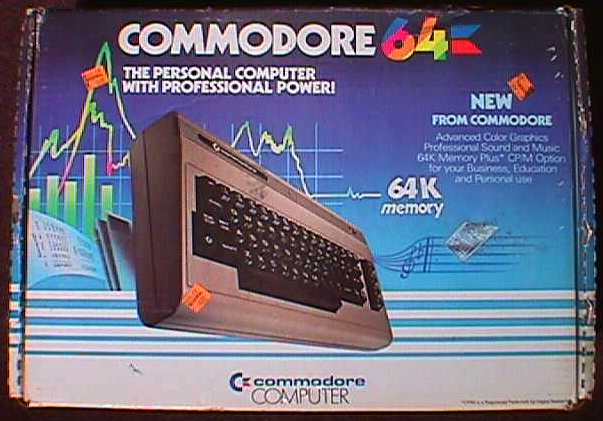
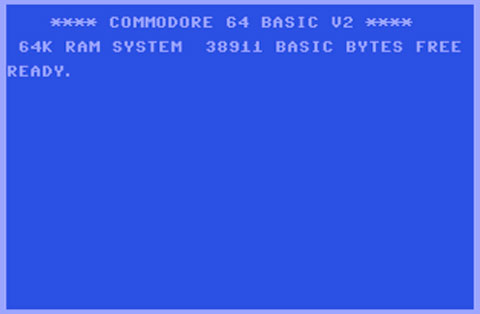

 Pundits get so caught up in technology, that they forget that the technology has to serve a purpose and that the purpose is defined by the user — not the creator — of the technology. The dog at right is standing on a “platform.” It’s an amazing trick. But so what? It’s just a trick, not a sustainable platform. Amazing is not enough. Amazing is a novelty, soon to wear thin. For a product to be successful, it has to be both useful and desirable.
Pundits get so caught up in technology, that they forget that the technology has to serve a purpose and that the purpose is defined by the user — not the creator — of the technology. The dog at right is standing on a “platform.” It’s an amazing trick. But so what? It’s just a trick, not a sustainable platform. Amazing is not enough. Amazing is a novelty, soon to wear thin. For a product to be successful, it has to be both useful and desirable.


